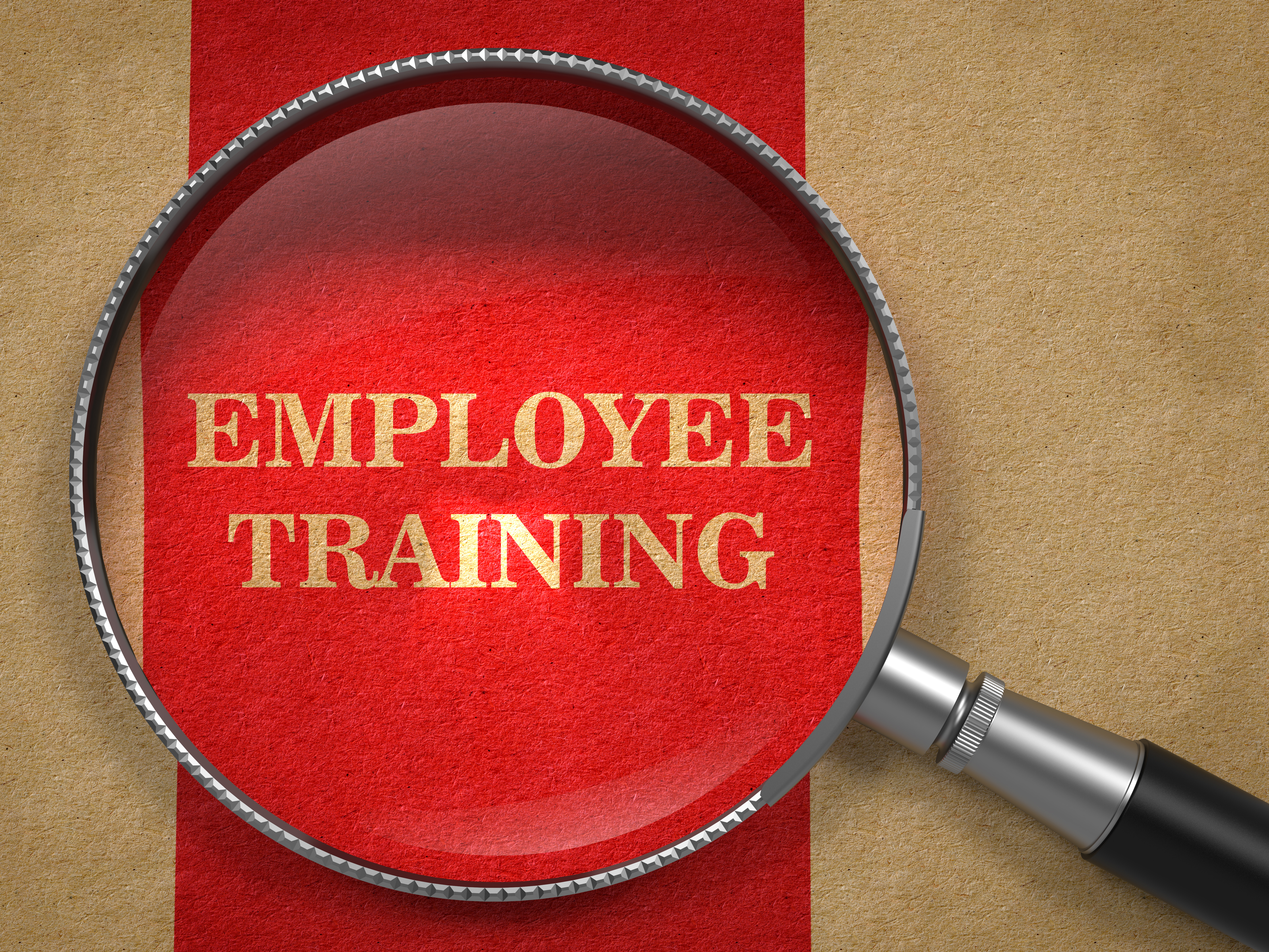Employee training can be time-consuming, and employees in any field are incentivized and encouraged to find efficiencies wherever possible. It’s therefore not surprising that many companies end up using the same training materials year after year.
But this can be a mistake, as businesses and the industries and overall economy they operate in can change dramatically over time. It’s important to regularly revisit and reevaluate training approaches and training materials.
Here are some basic tips for reviewing and regularly updating training programs.
Measure Results
Measuring the effectiveness of employee training programs is essential for their own sake, but these measurements are also important when evaluating potential changes to training programs.
For example, if aptitude in a certain skill doesn’t improve after training, the training should be reevaluated to improve results.
But measures need to be meaningful and directly related to the training activity to have value.
Survey Participants
In addition to objective measurements, participants’ input can be extremely valuable in considering whether changes to training are necessary. Conducting a need assessment can offer relevant insights.
The format can be very straightforward and include basic questions about what participants liked or disliked in the training, what they found to be effective, and what they would change about the program.
Engage Company Leadership
Ultimately, the purpose of employee training is to improve the company’s performance. To that end, it’s important to get input from company leadership on what skills or areas of knowledge they see as in need of improvement for their employees and the departments, or functions, they manage.
Management endorsement of training can also be effective in motivating employees. LinkedIn’s 2018 Workforce Learning Report found that 56% of employees would take a course recommended by their manager.
Monitor Industry Trends
From an external standpoint, trainers should keep an eye out for major industry trends that might necessitate new training. For example, the rapid evolution of new technologies such as artificial intelligence and machine learning might be an impetus for training on those technologies.
Just as business is not static, training should also be an evolving and dynamic activity. Regularly reviewing and revamping training programs ensures employees remain engaged and have the skills to help the organization succeed in an ever-changing environment.
In today’s fast-paced workplace—where schedules are packed and attention spans are short—it’s imperative that organizations, regardless of size, develop training programs that align with shifting workforce dynamics and leverage the latest science-backed tactics.
Learn the latest in workplace training by attending our annual Workforce L&D 2019 conference, which will be taking place as part of the larger HR World event, in Nashville, Tennessee, November 14–15, 2019. Click here to learn more.

